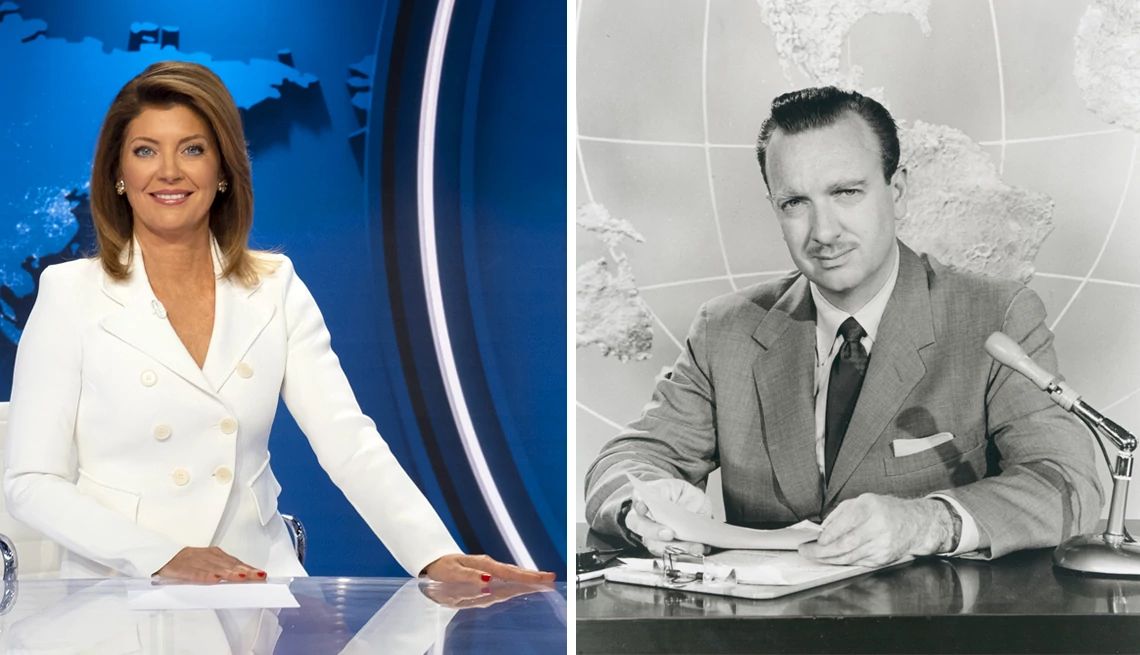AARP Hearing Center


Norah O’Donnell, 50, will resign as anchor of CBS Evening News in November. It signifies more than just a famous newswoman’s midlife career change — it’s part of a welcome turning point in the history of TV news, whose audience is dominated by people over 50. (In fact, the entire TV audience is dominated by older viewers: An American Journal of Preventive Medicine study found that those over 65 watch three times as much TV as young adults.)
The Hollywood Reporter notes that the median age of CBS, ABC and NBC nightly news viewers is about 69. The Los Angeles Times reports that the median CNN, Fox and MSNBC viewer is, respectively, 67, 68 and 71.
O’Donnell chose a smart time to exit the anchor chair once occupied by legends like Walter Cronkite and Dan Rather because that once-mighty job is fast losing power. CBS just put 60 Minutes executive producer Bill Owens in charge of a revamped CBS Evening News, with coanchors John Dickerson, 56, and Maurice DuBois, 58, weathercaster Lonnie Quinn, 60, and 60 Minutes correspondents. Instead of being an anchor, O’Donnell will interview big names on CBS Evening News, 60 Minutes and other shows. The Evening News will feature fewer, more in-depth stories, less like traditional headline-driven news items, more like 60 Minutes. And it’s apt to be more thoughtful, entertaining, and in tune with our times than the ancient nightly news format.
Don’t Miss This: CBS News Anchor Norah O’Donnell On What Drives Her (AARP Video)
O’Donnell’s audience may increase because broadcast TV news shows are in trouble. Even though viewers over 50 still love them, advertisers want younger viewers, and audiences are flocking from broadcast TV to cable and digital news outlets.






























































More From AARP
Kathie Lee Gifford: “If You Got a Pulse, You Got a Purpose”
TV personality-turned-author doesn’t believe in retiringMaria Shriver: ‘Having Purpose Keeps You Young’
Journalist shares passion for women’s health care advocacy, joys of being a grandmother, appreciation for son-in-law Chris Pratt9 Quick Questions for Savannah Guthrie
‘Today’ show host talks about her new book of essays ‘Mostly What God Does,’ idols in the news biz and her job as a mom
Recommended for You